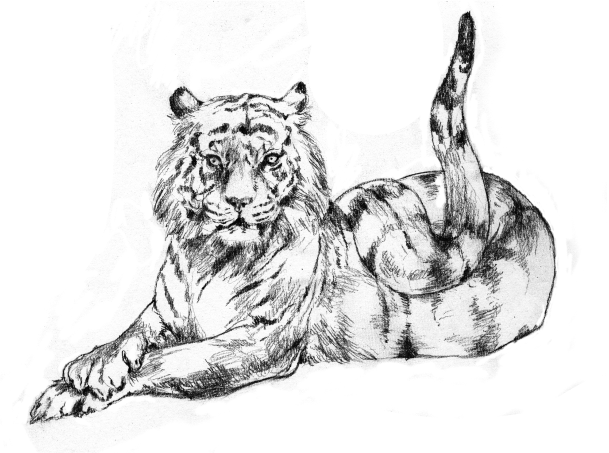Firstly, empowerment can be understood as a personal experience - through an increased sense of impact, competence, meaning, and available choices (Avelino, 2017).
Beyond this, empowerment becomes more social. Creative practices have the potential to help empower individuals and groups who are in marginalized positions and/or who champion radical and novel perspectives.
The two most central ways to understand the potential of creative practices is through 1) discursive power and 2) emotional energy.
Discursive power is the power of shaping collective expressions of meaning (Avelino, 2021). This includes the way the media, politics, publics, educational systems and others speak and visualize key issues. Creative practice can draw attention and emotions to new metaphors and framings of societal issues (Rodriguez-Labajos, 2022). It can amplify the voices and perspectives of those who normally do not get to speak. Activist and social movements often focus explicitly on the discursive power of art and creative practice for this reason -see for instance the Beautiful Trouble database. Existing art can also be 'mobilized' for political means, telling new stories and using new frames around it (Milkoreit, 2019).
Next to the use of new metaphors, images and frames, discursive power can also be used to legitimize activist and social movements through the borrowing of existing forms of legitimacy - connecting to symbolic and discursive power that is already powerful (Baumann, 2007). Creative practices can also bring together new groups of people, helping to establish new networks which can be a source of power.
Emotional energy is a basic source of power that creative practices can tap into. Understood as interaction rituals, creative practices generate collective emotional energy among those engaging with them (Collins, 2005, p.39). This emotional energy is connected to, and part of, the shared meaning, symbols and language that makes up the potential of creative practices to change discursive power. Special attention should be given to how anger breaks people out of disempowerment.
Through discursive power and emotional energy are the main avenues of power for art and creative practice, material power and resources play an important supportive role. Creative practices might or might not get access to the resources to make their work. Resources also include high status spaces such as museums and include the support of high status institutions like universities. Those who curate such resources and are supporting creative practices can empower and platform perspectives, ideas and voices. Finally, creative practices can also jump on external opportunities - societal events and uproar, important political decision moments, and so on - to create empowerment (Baumann, 2007)




